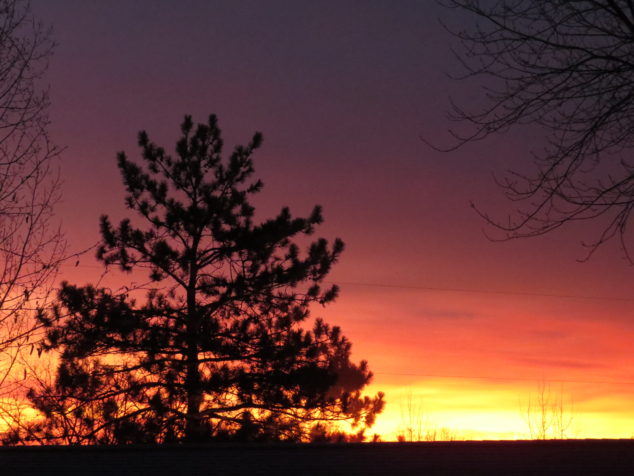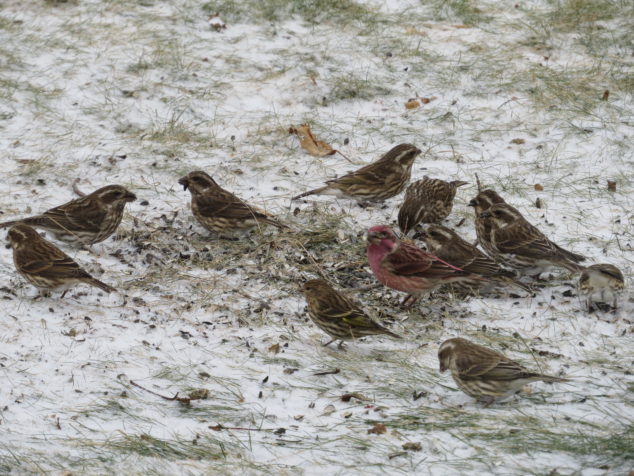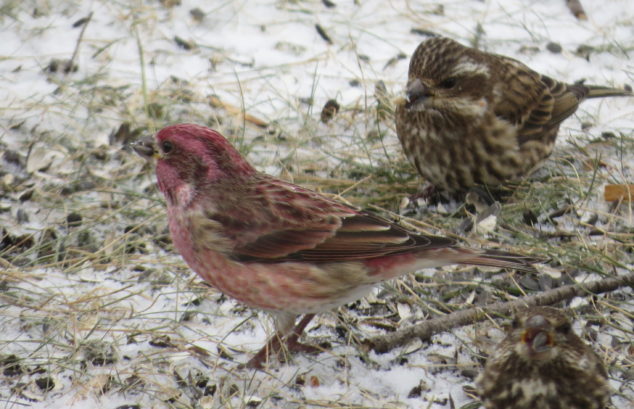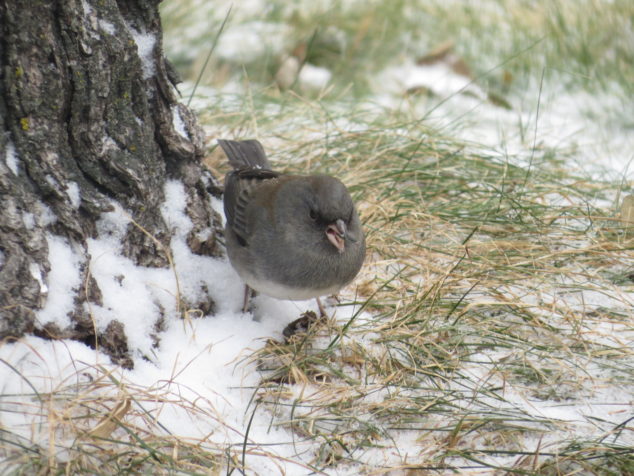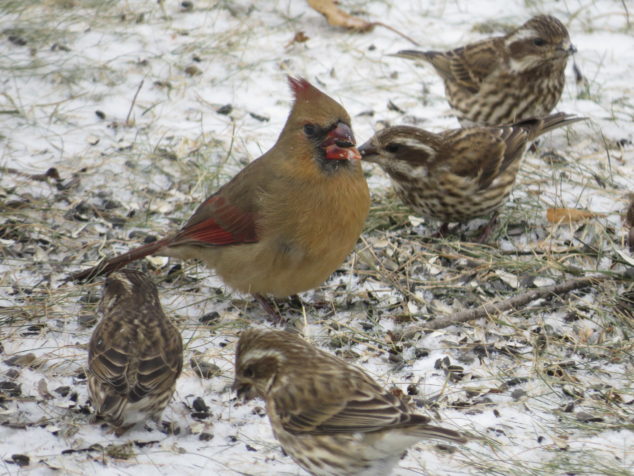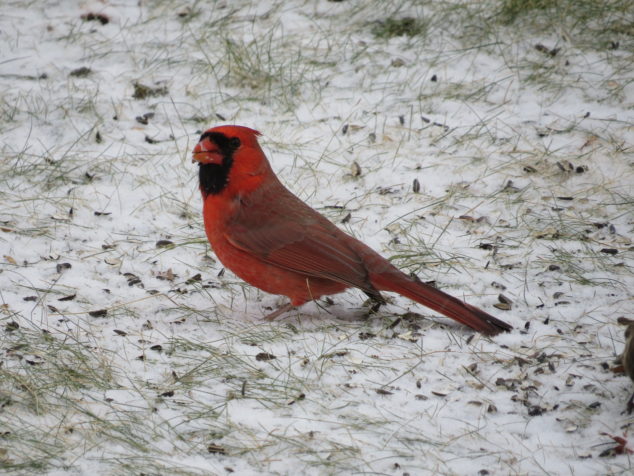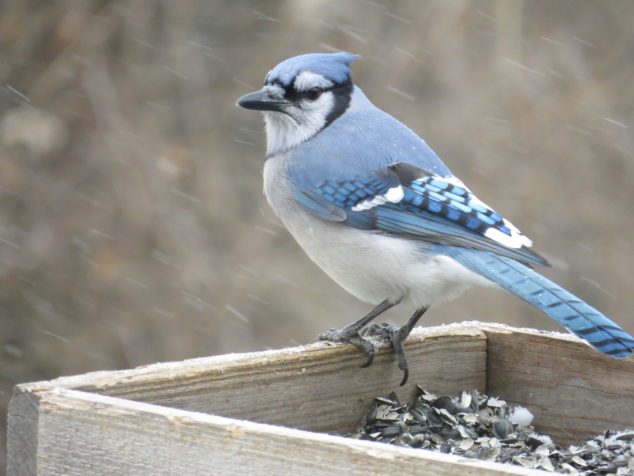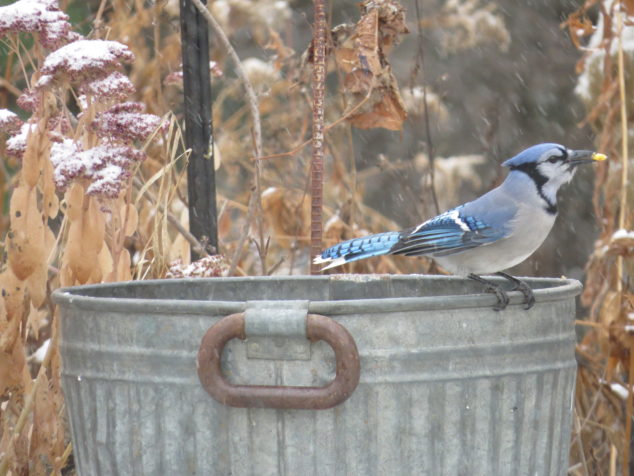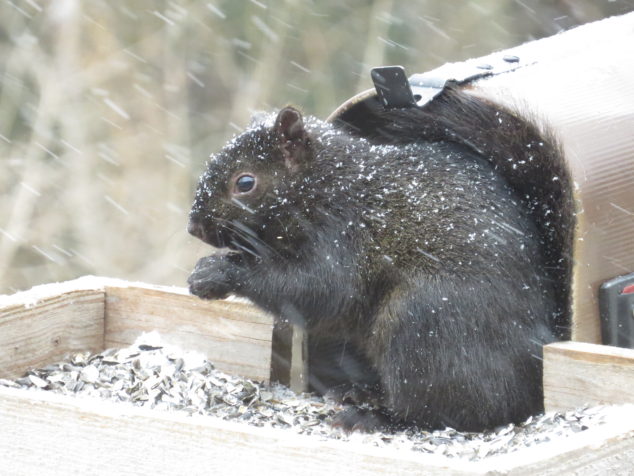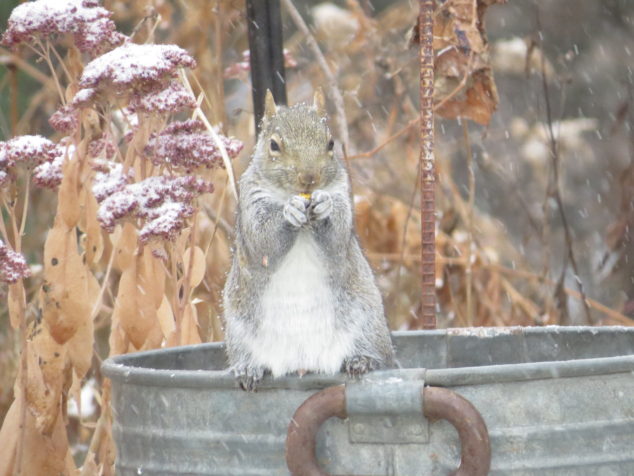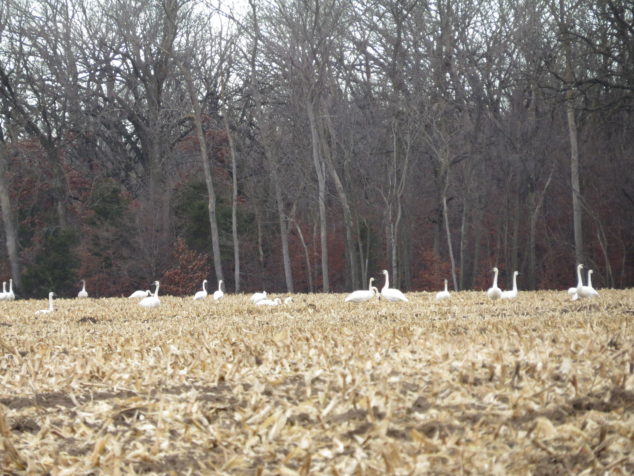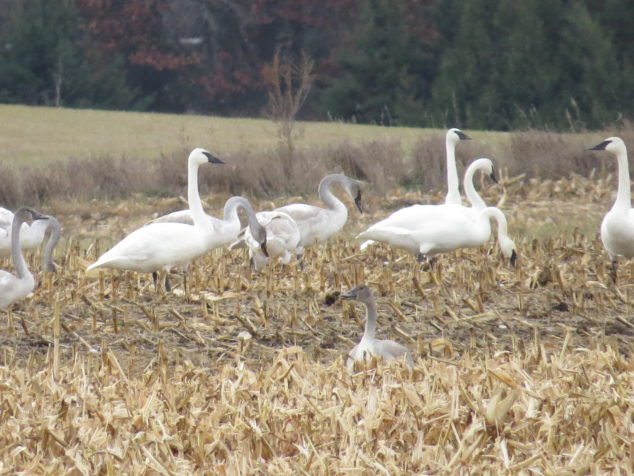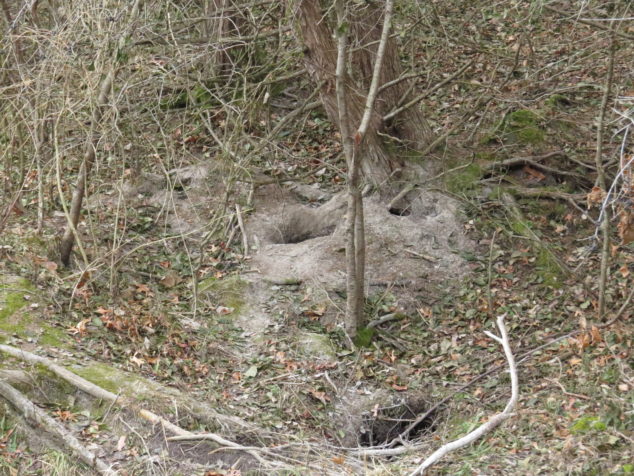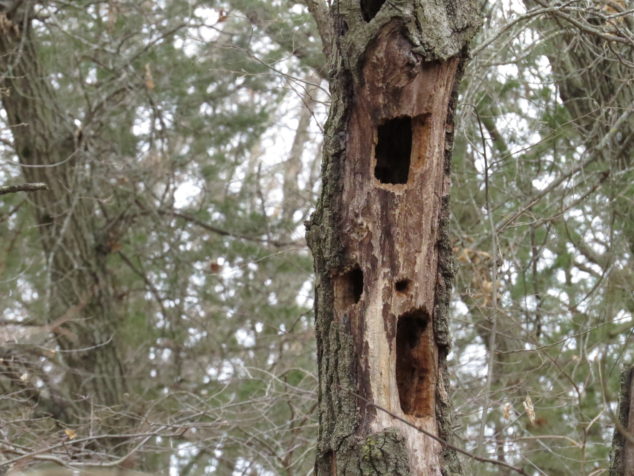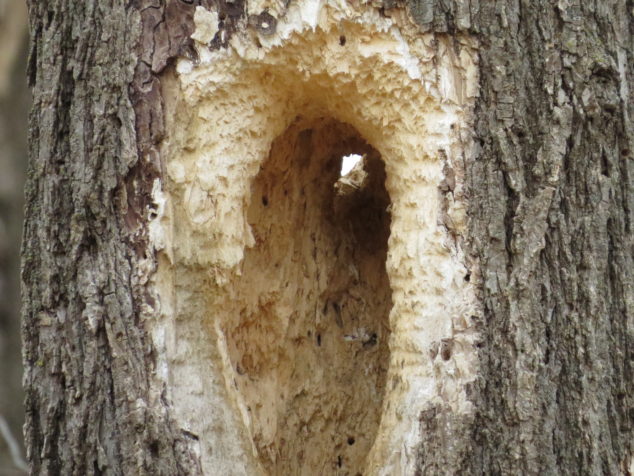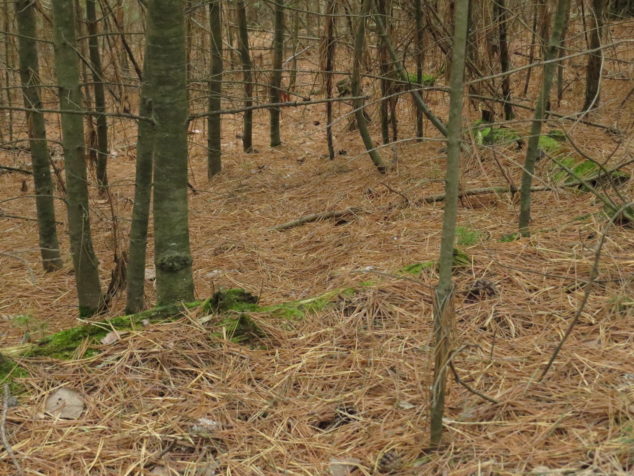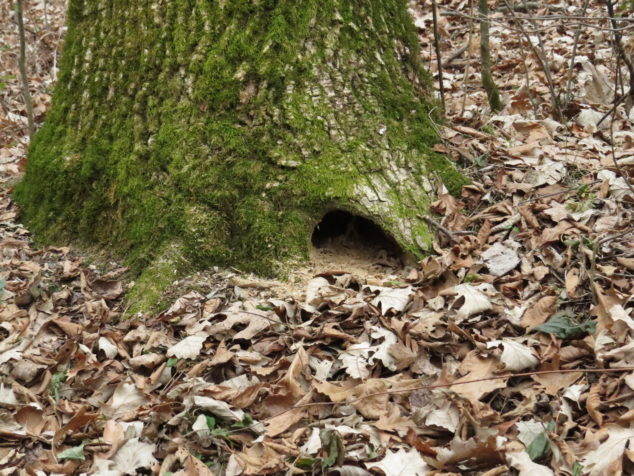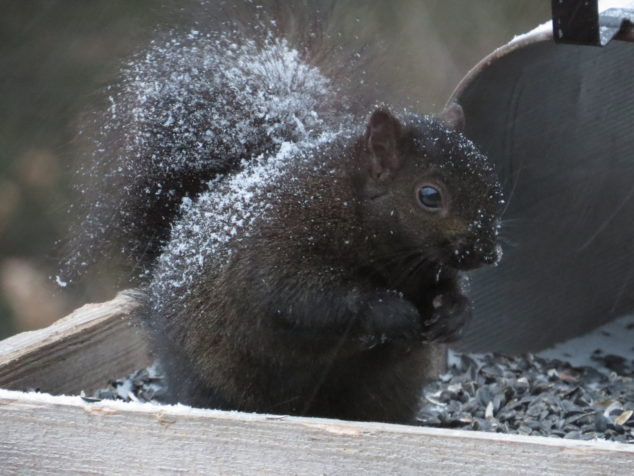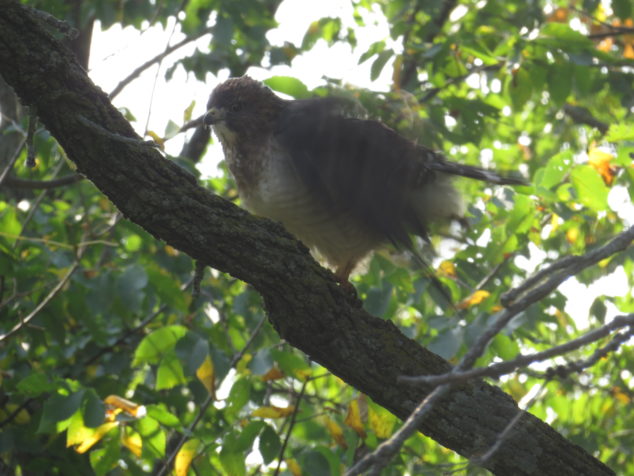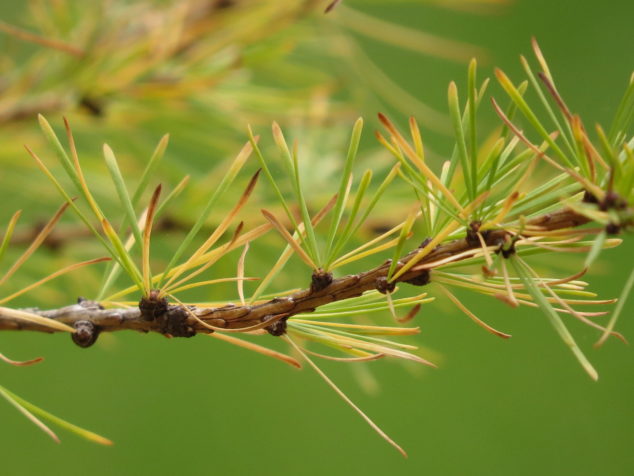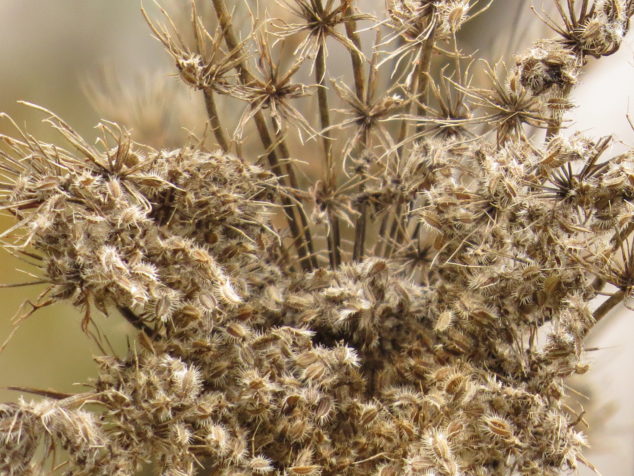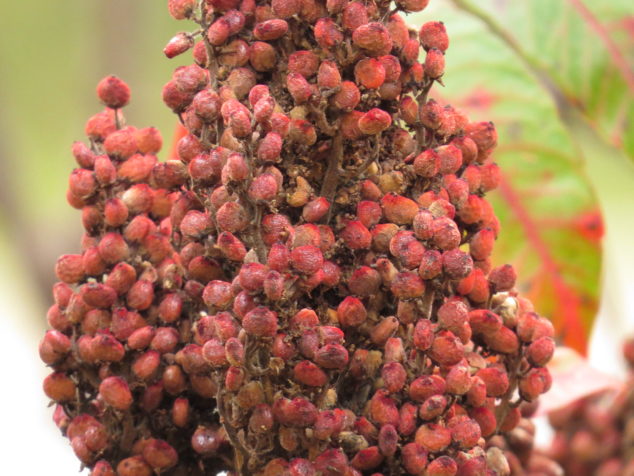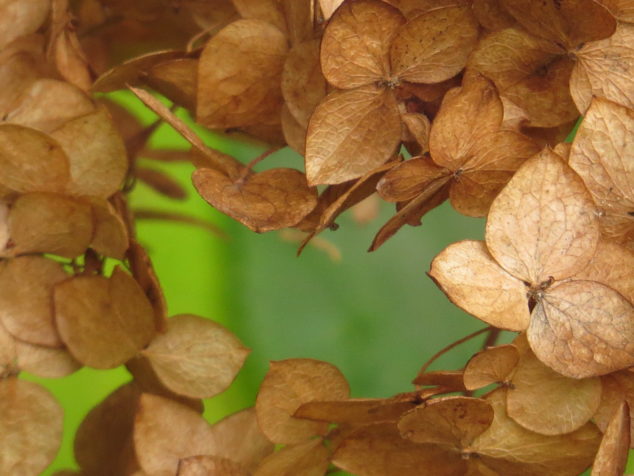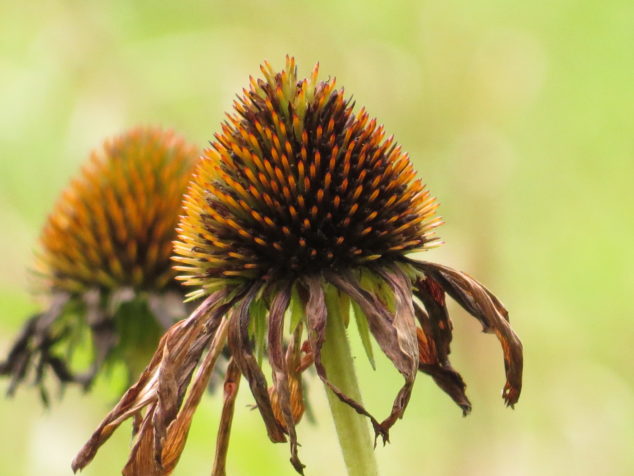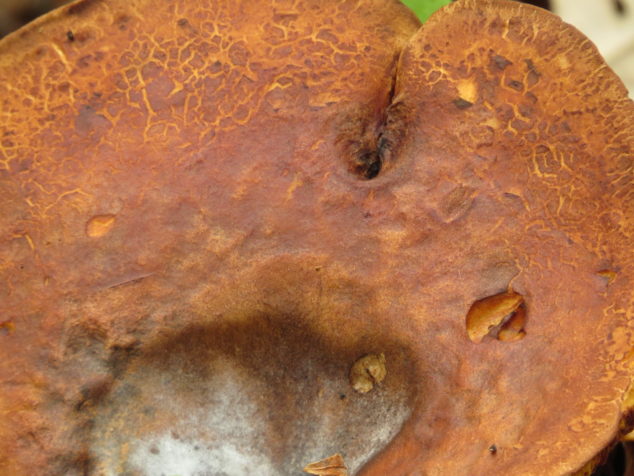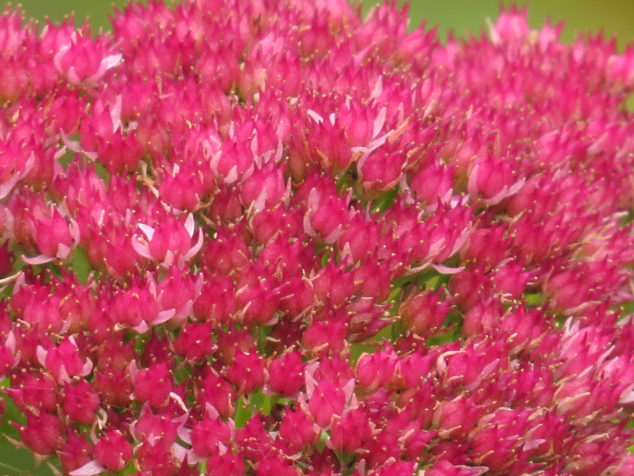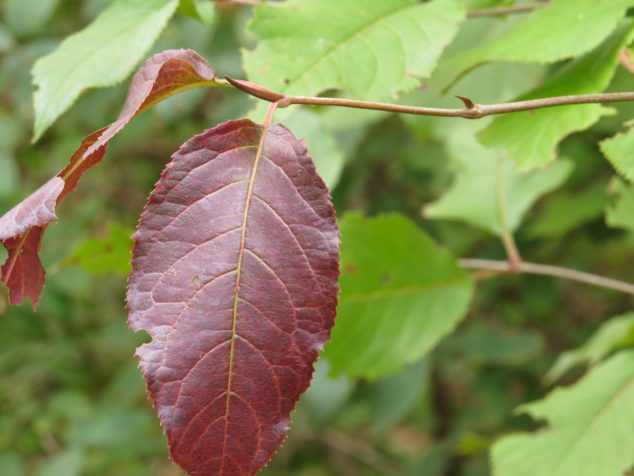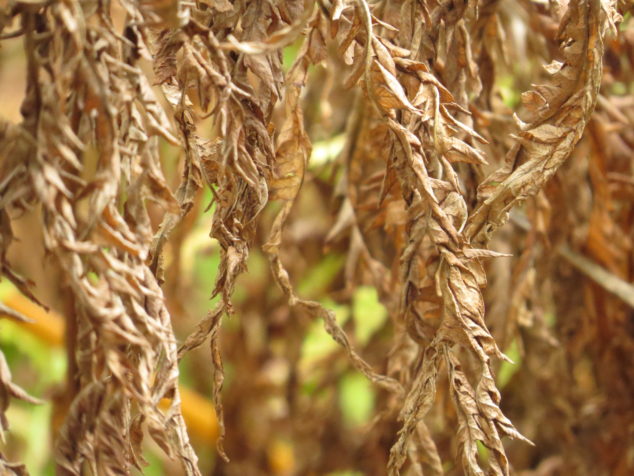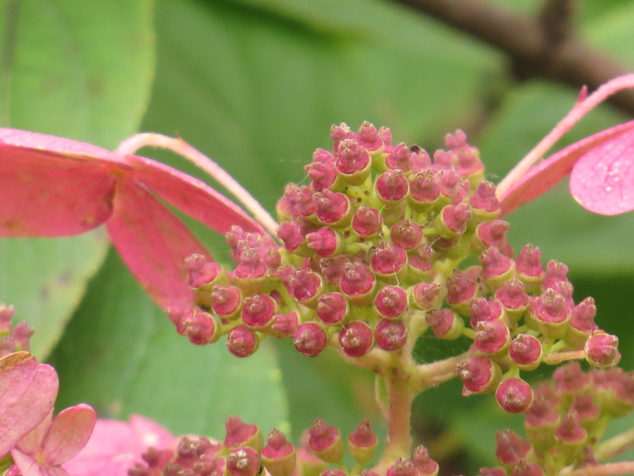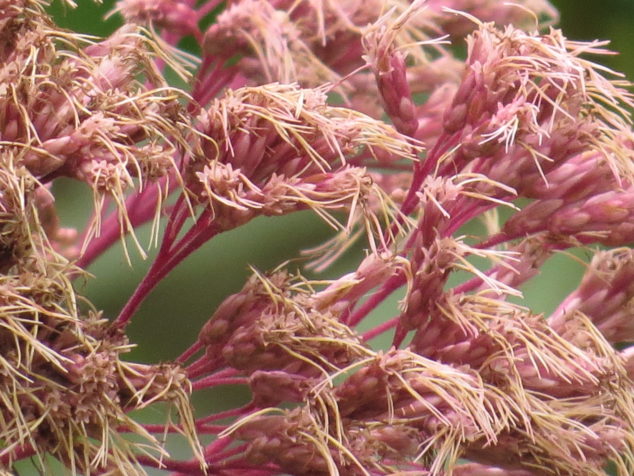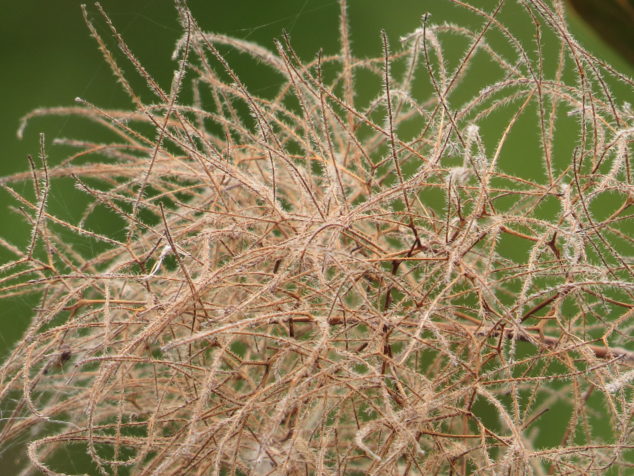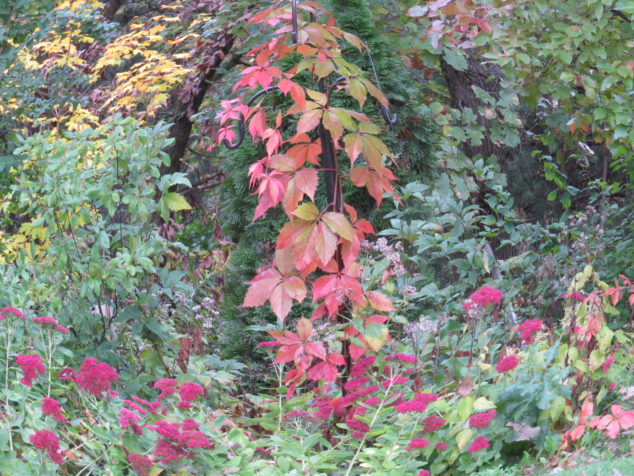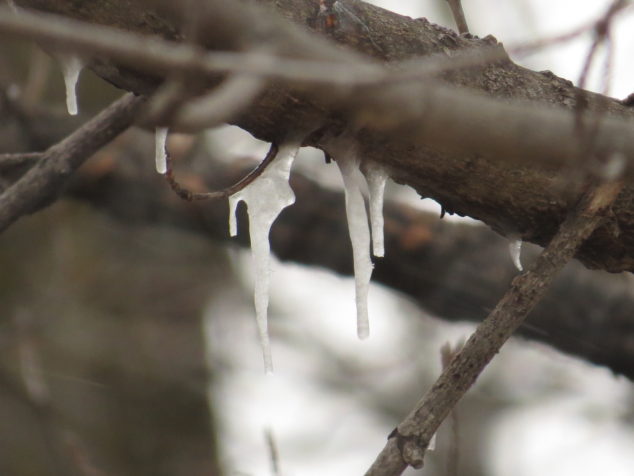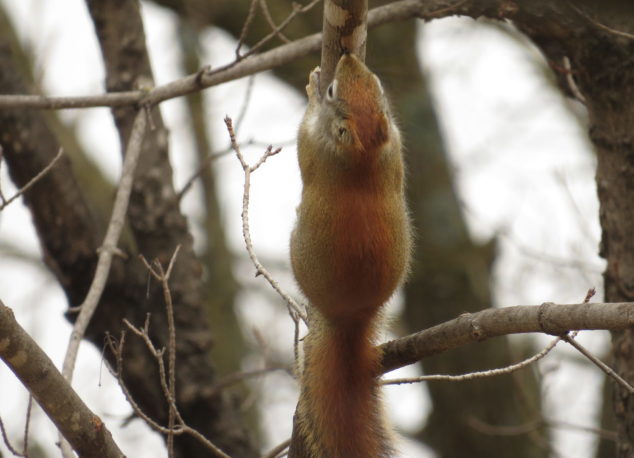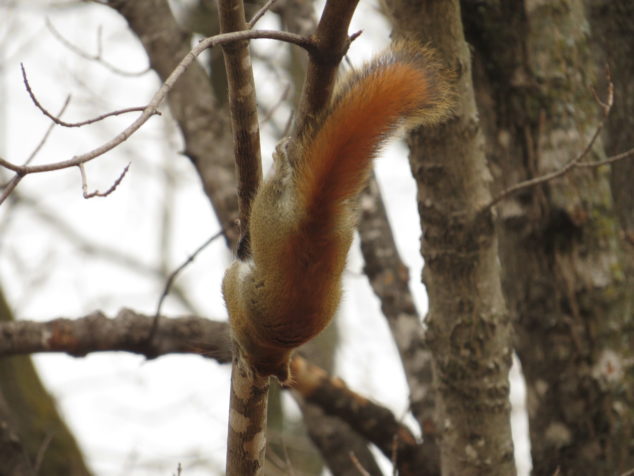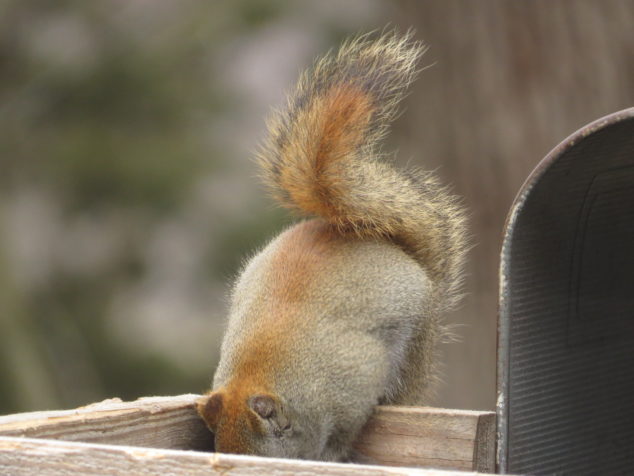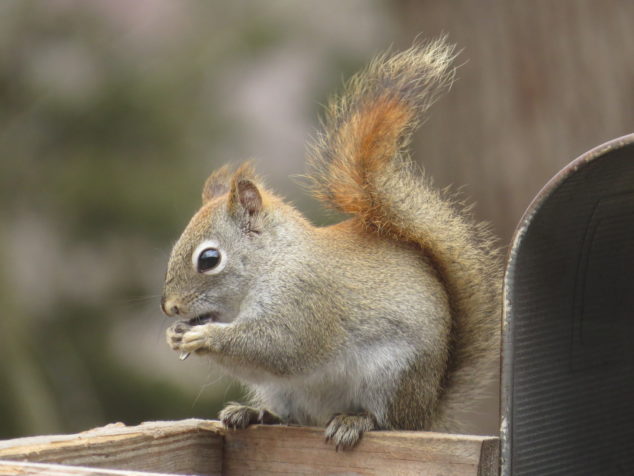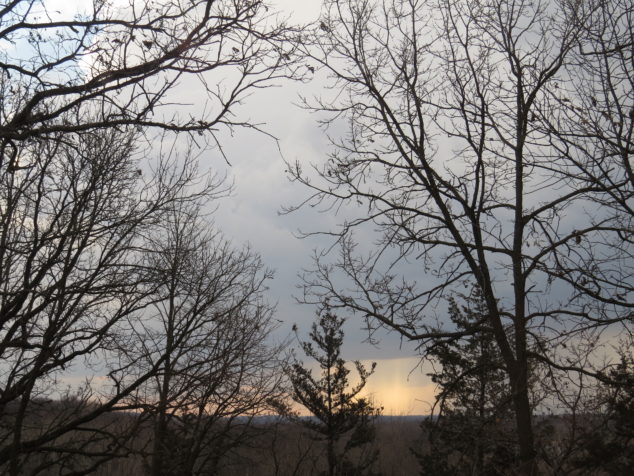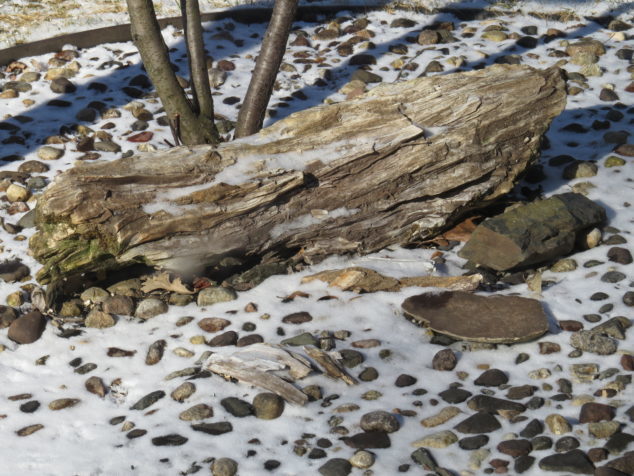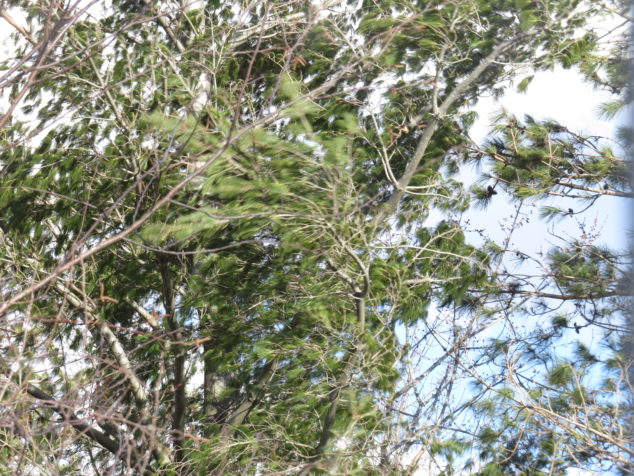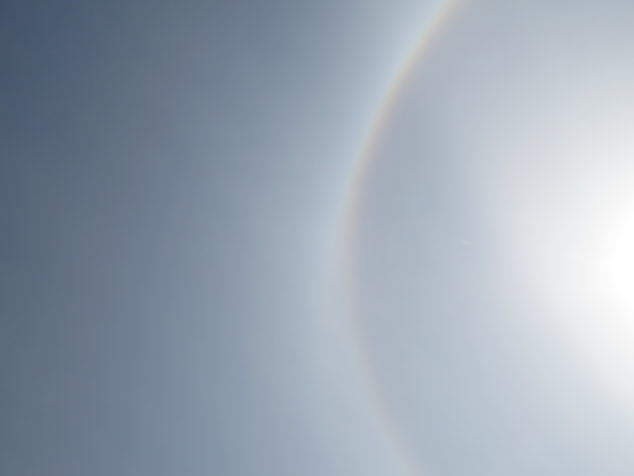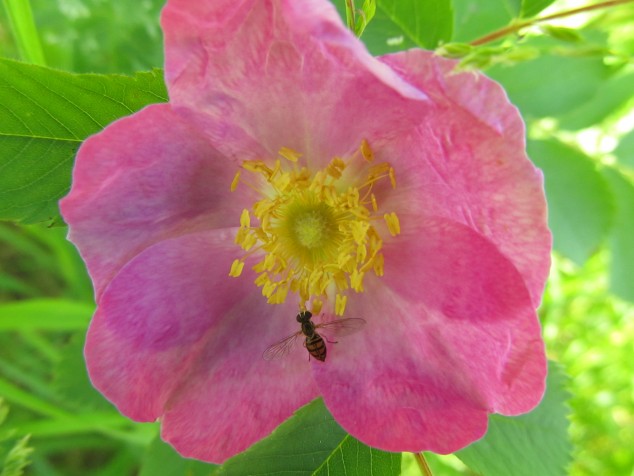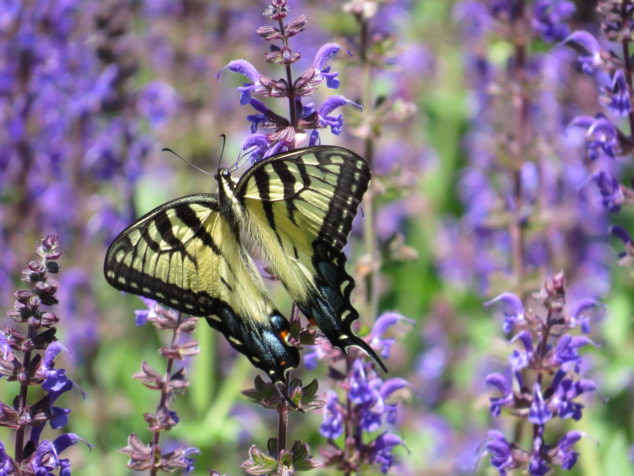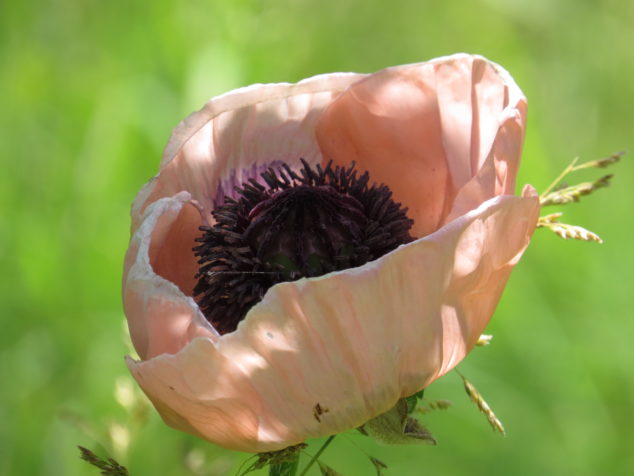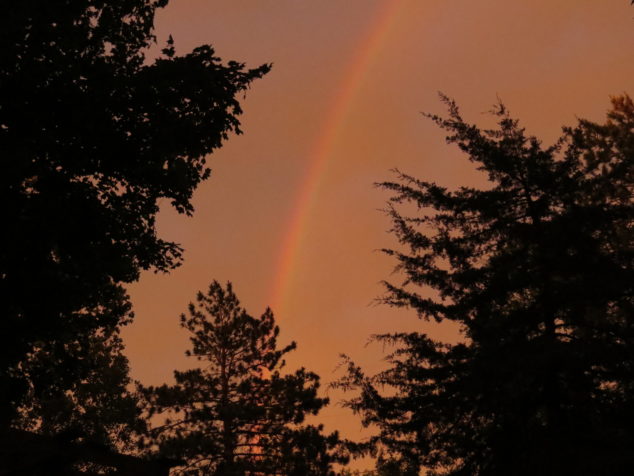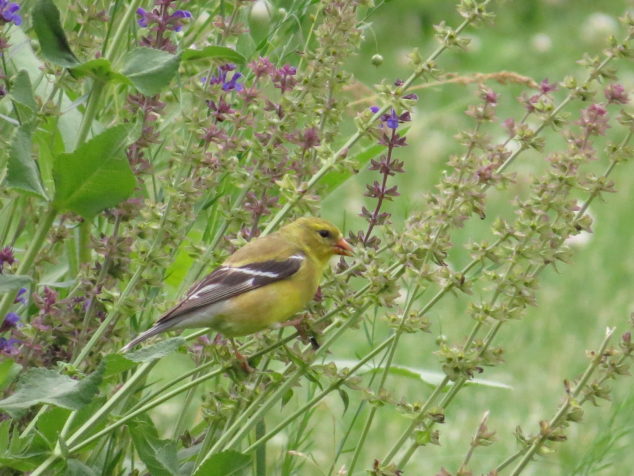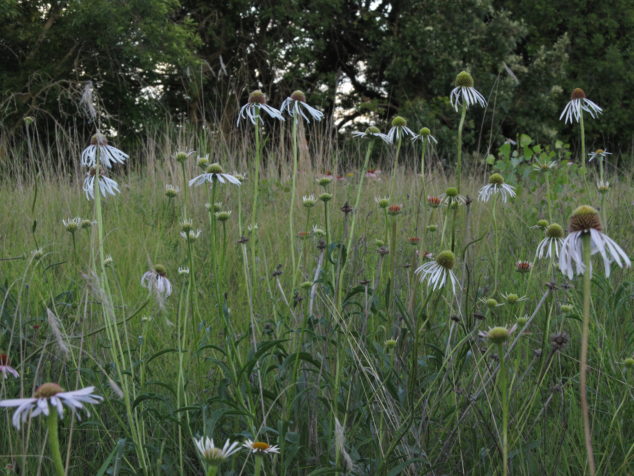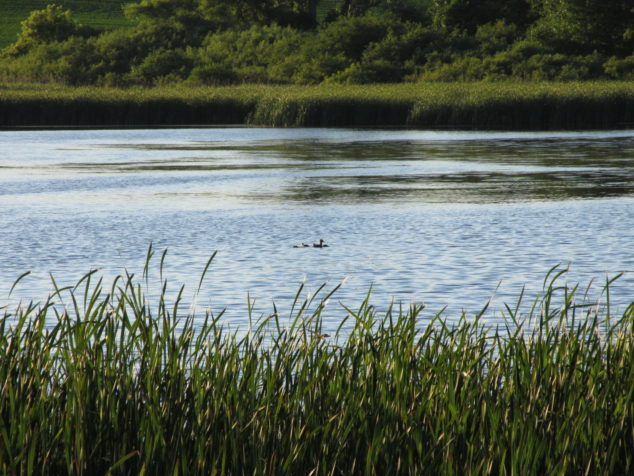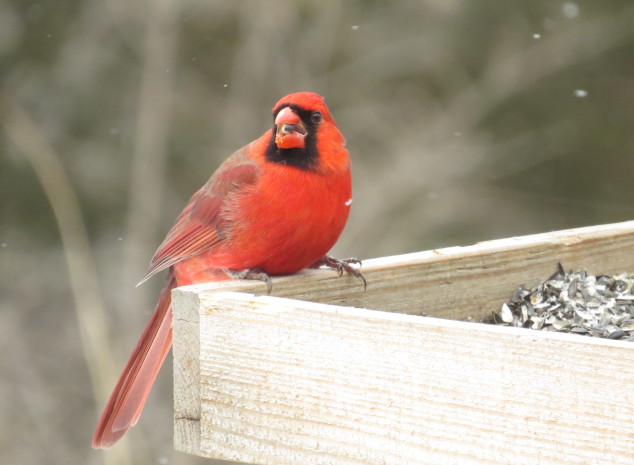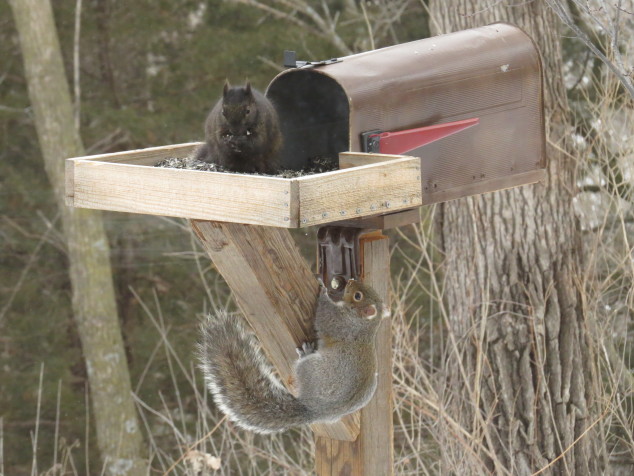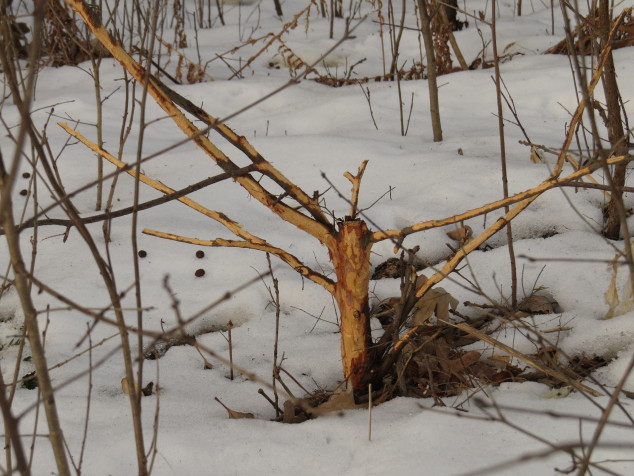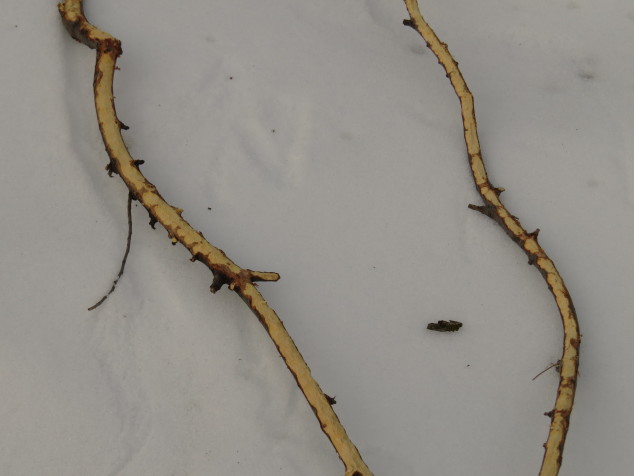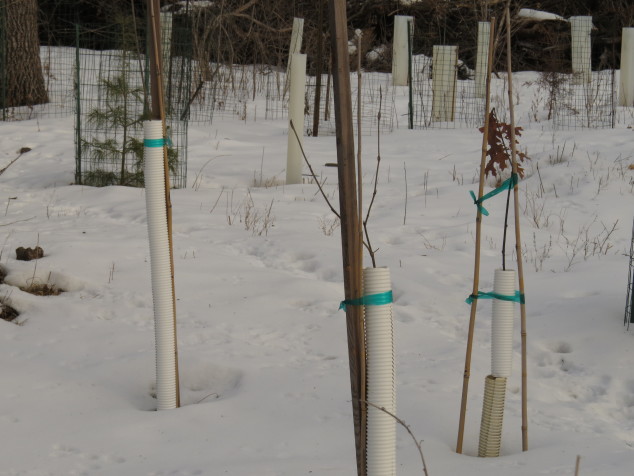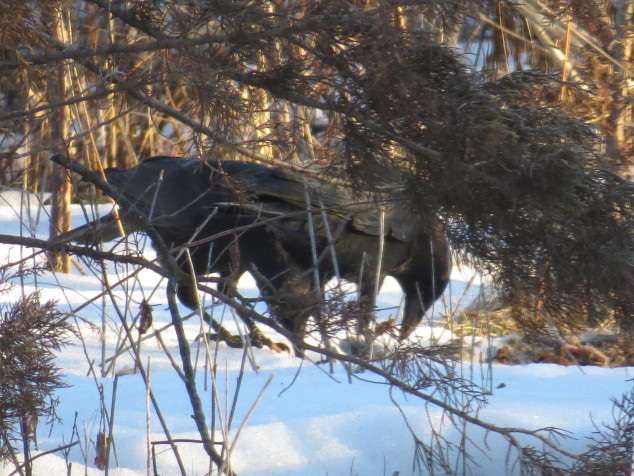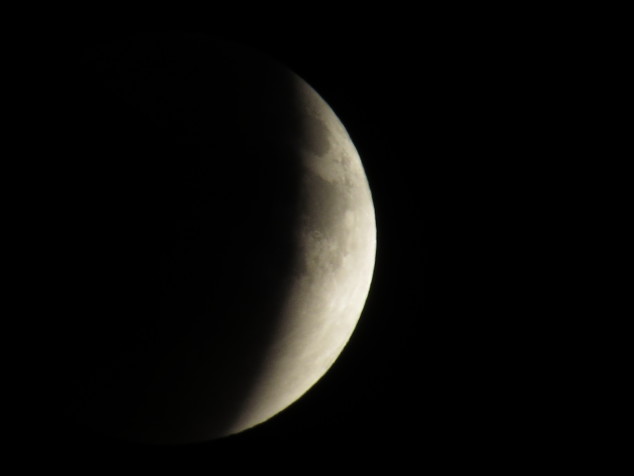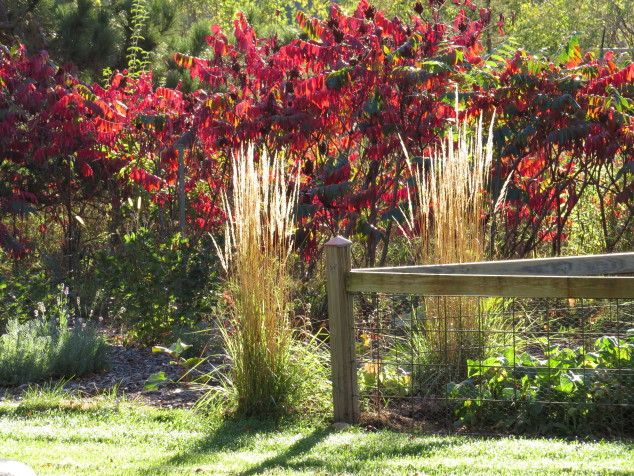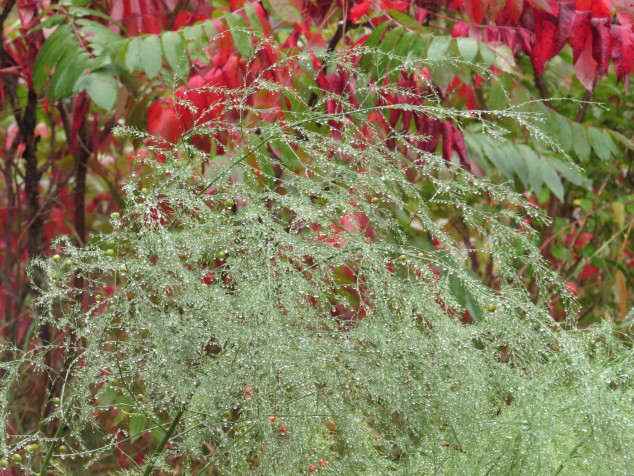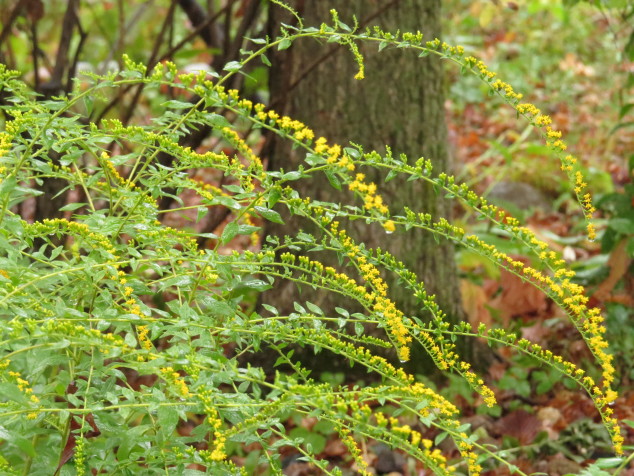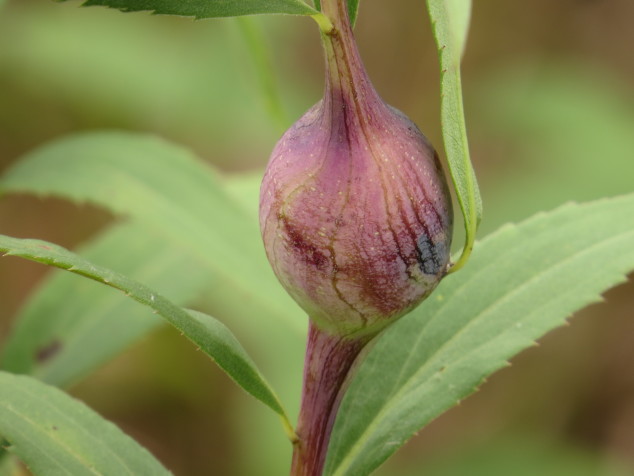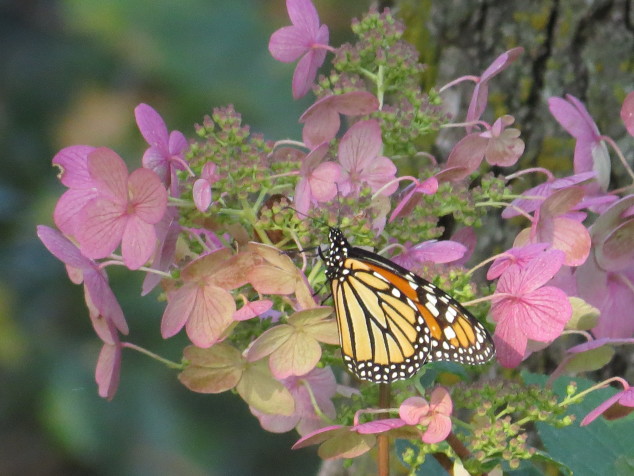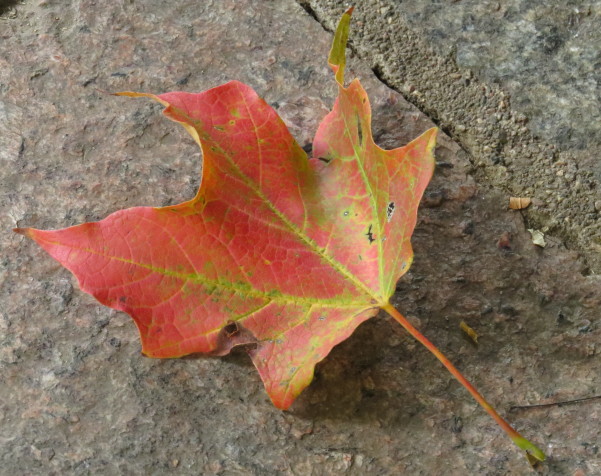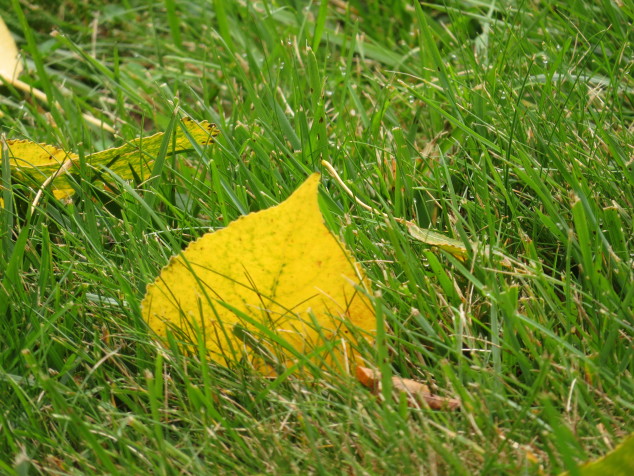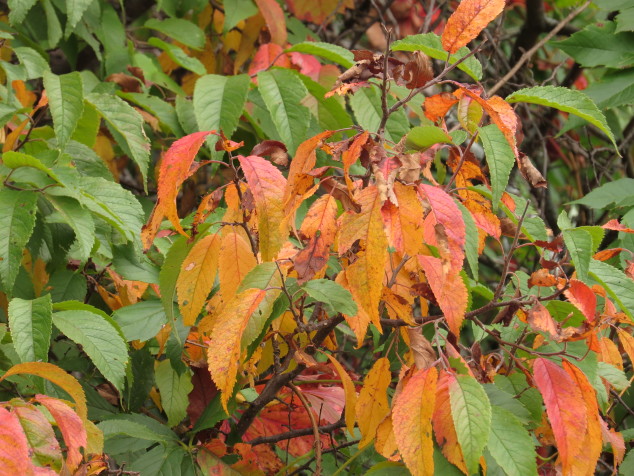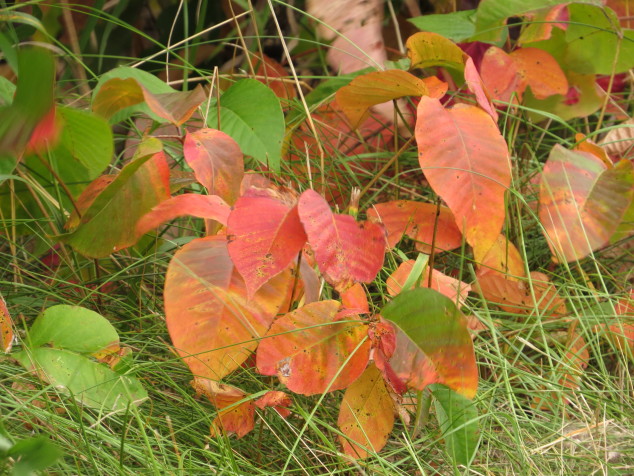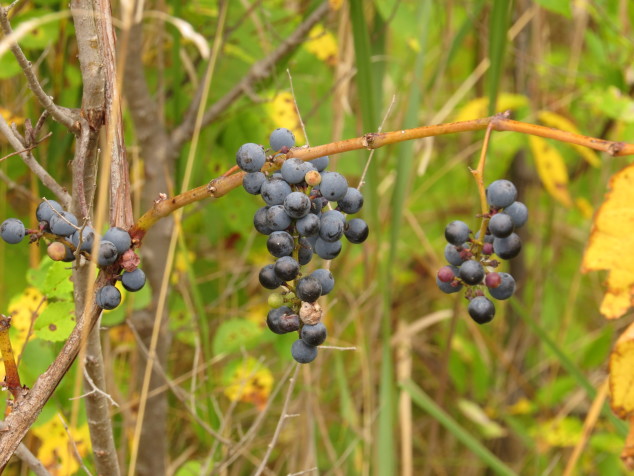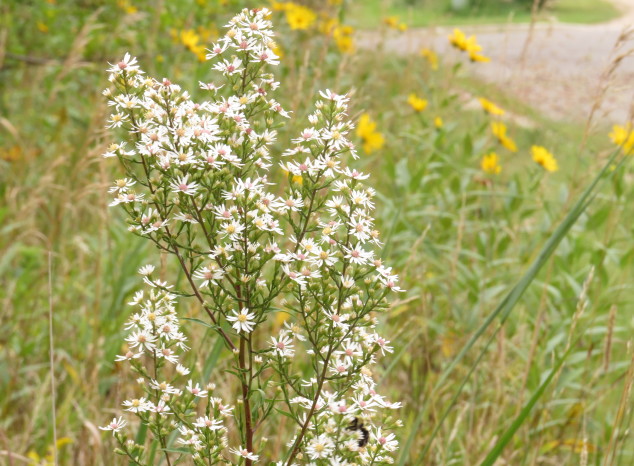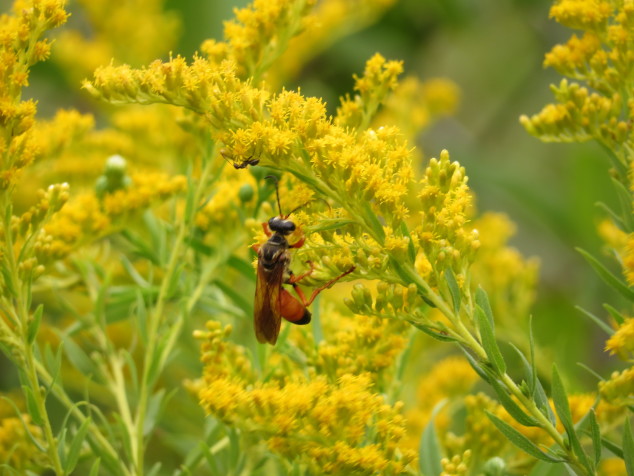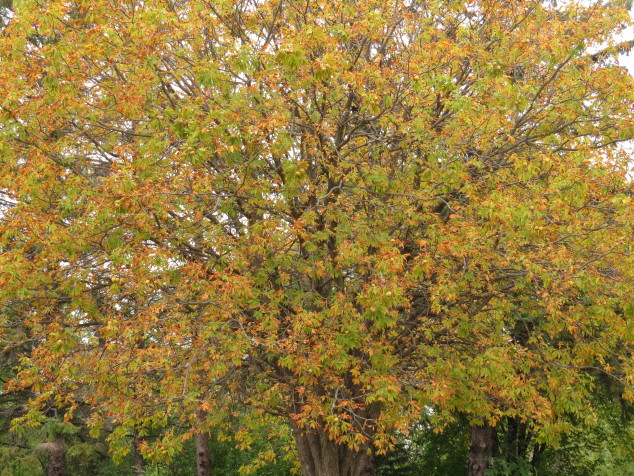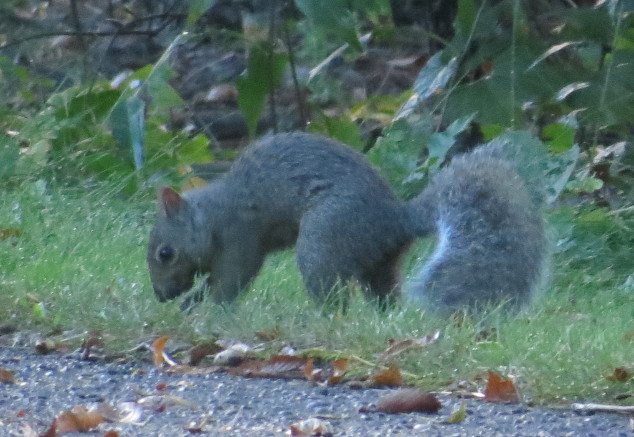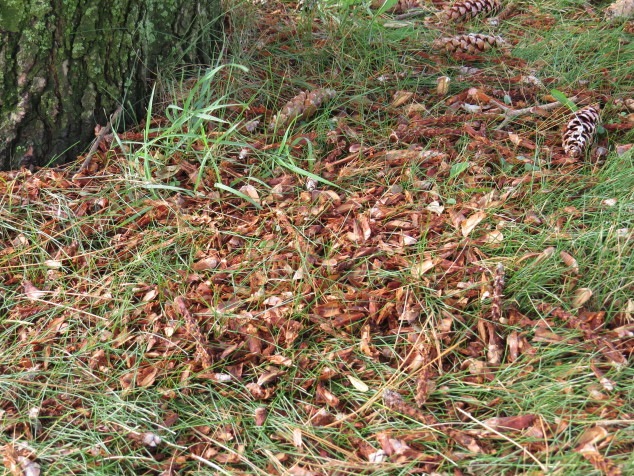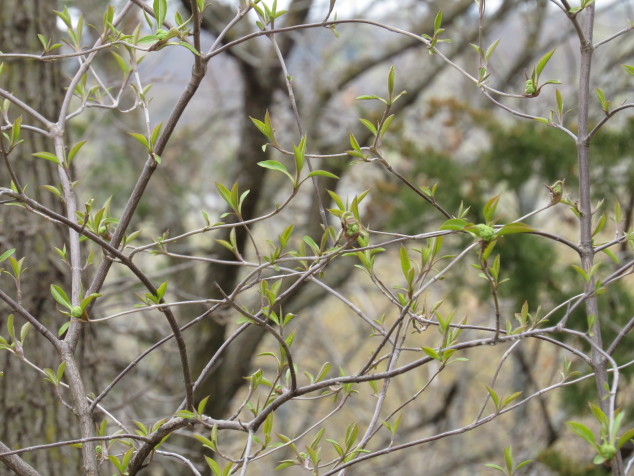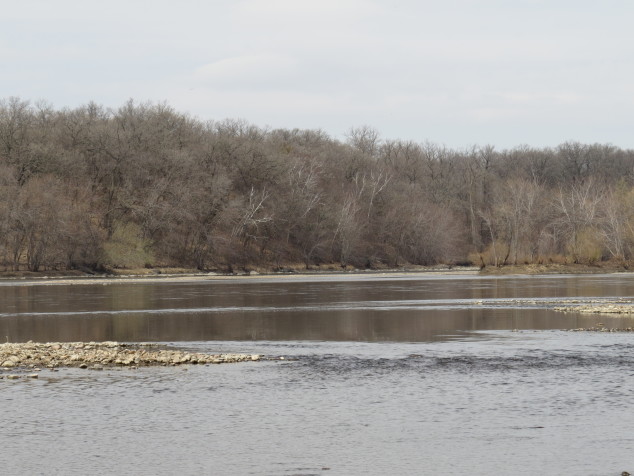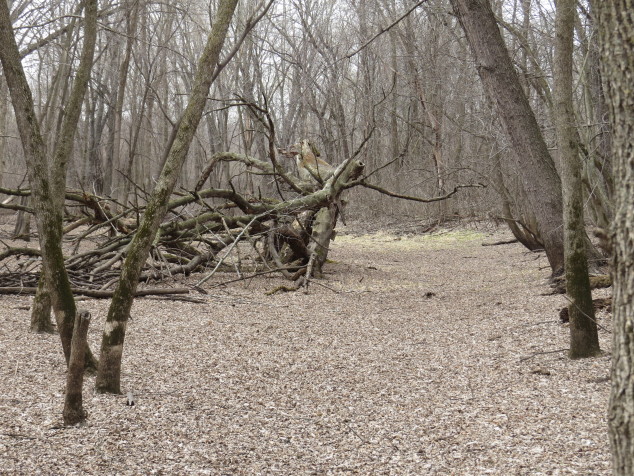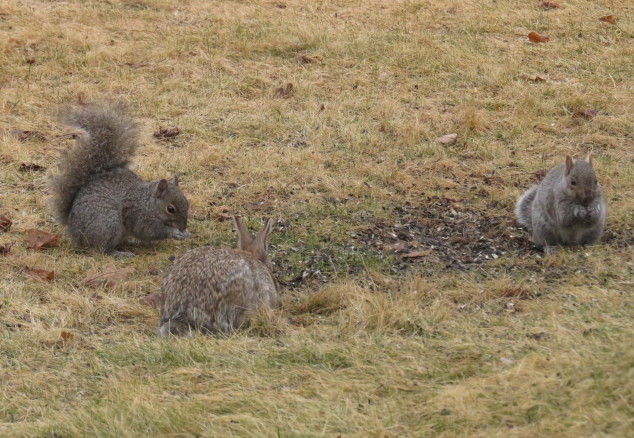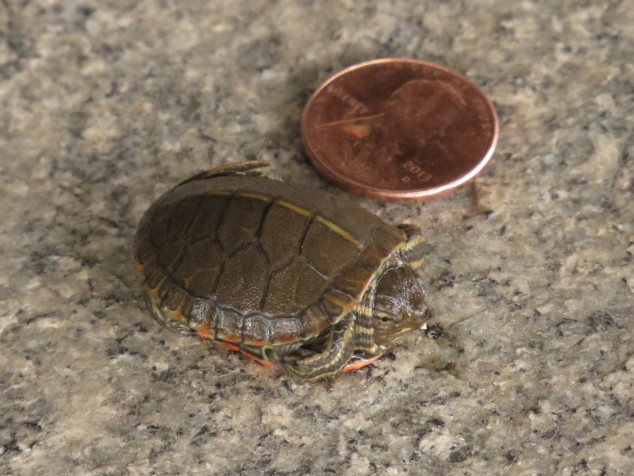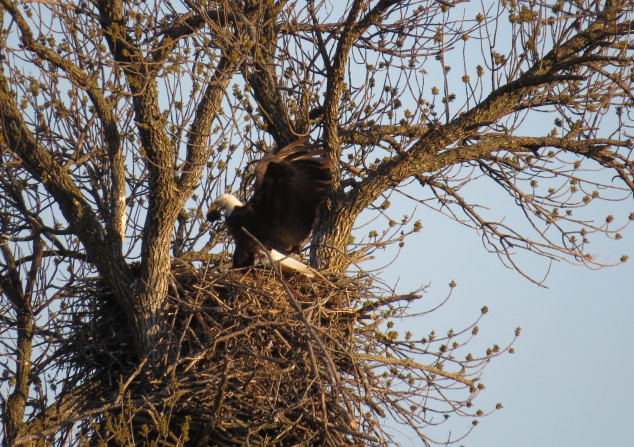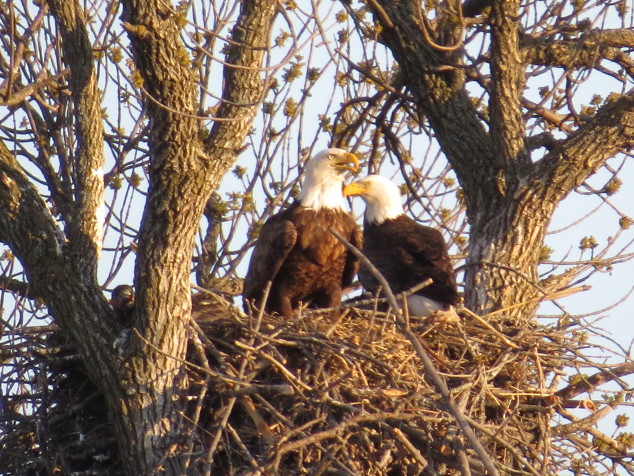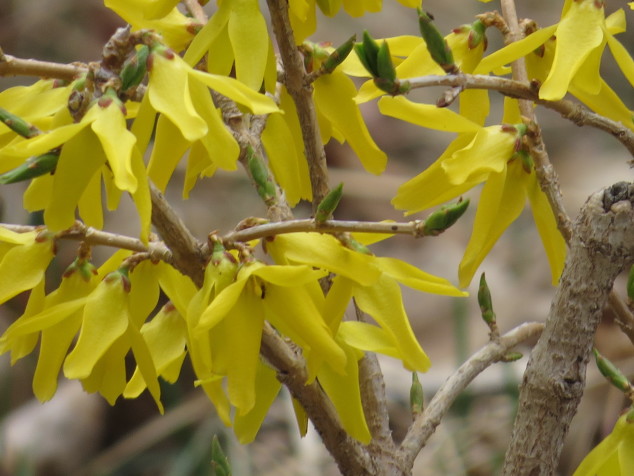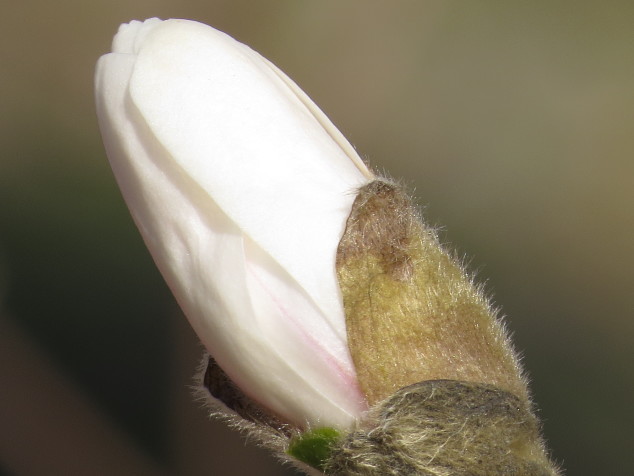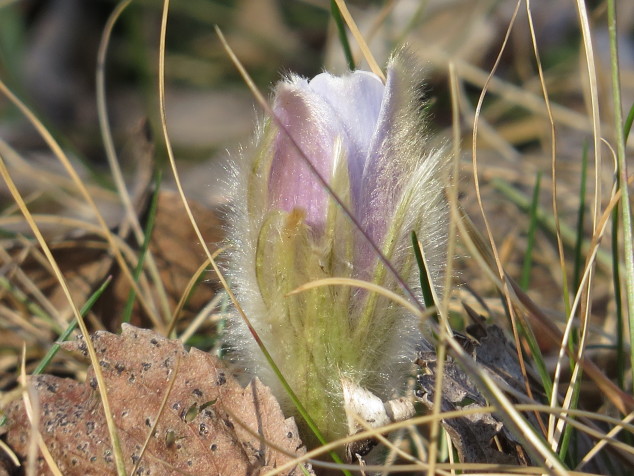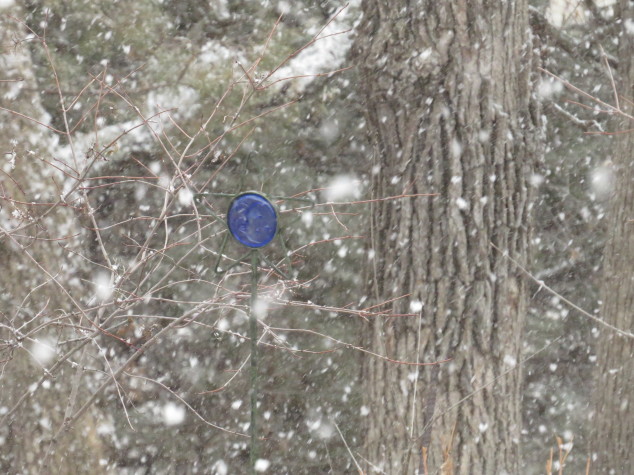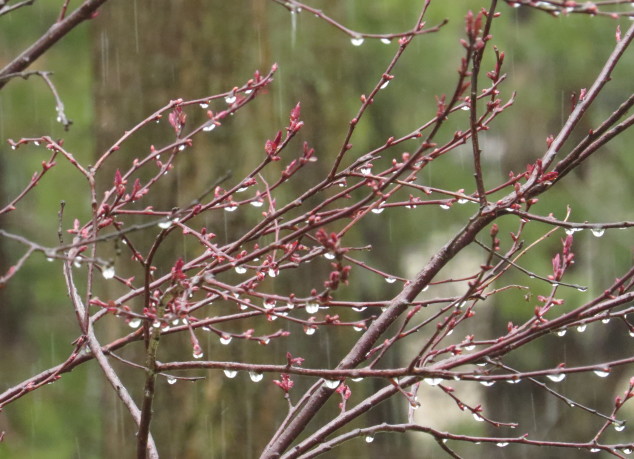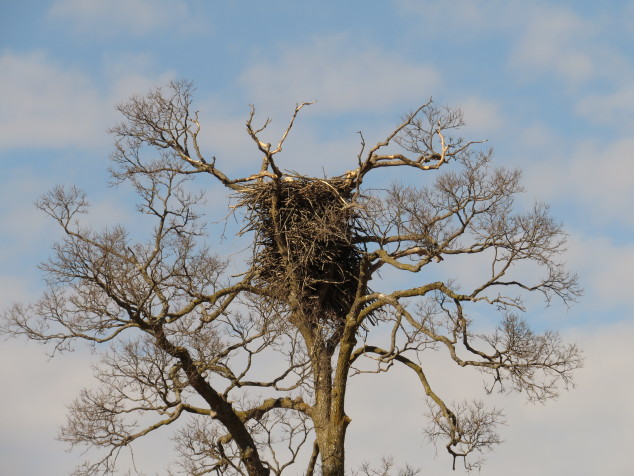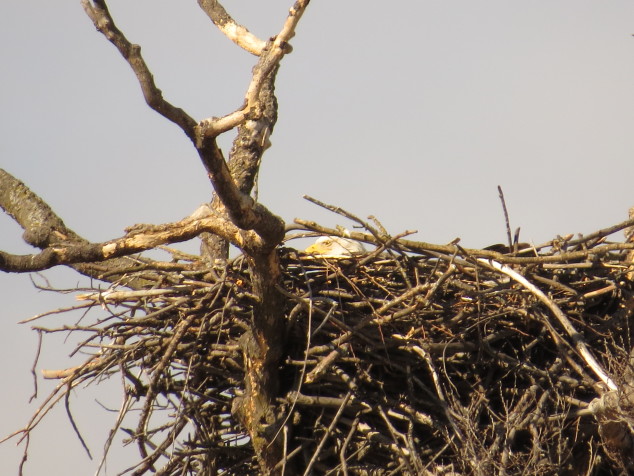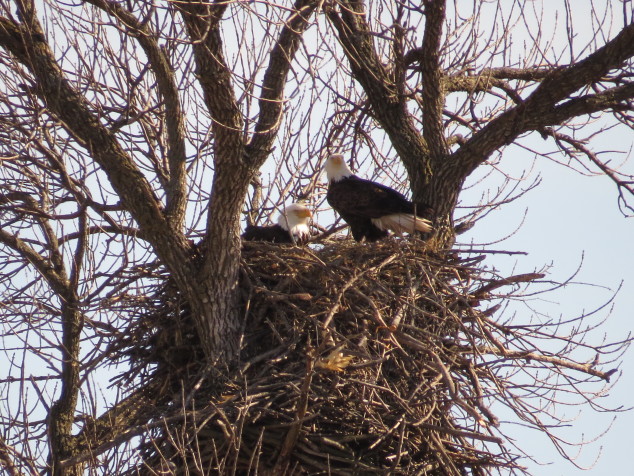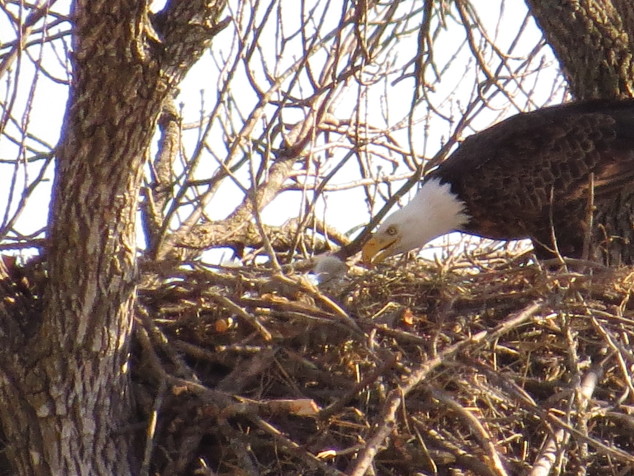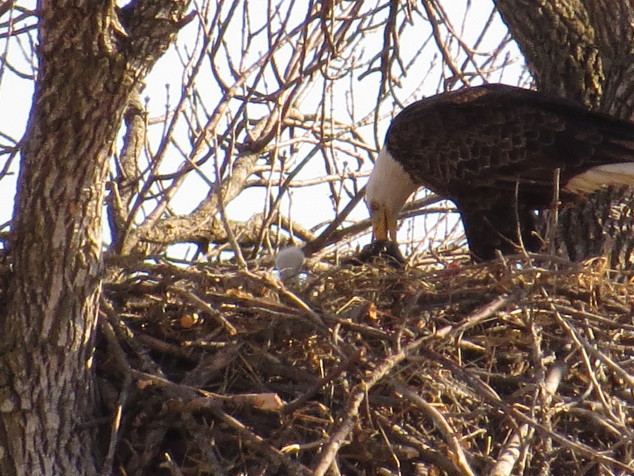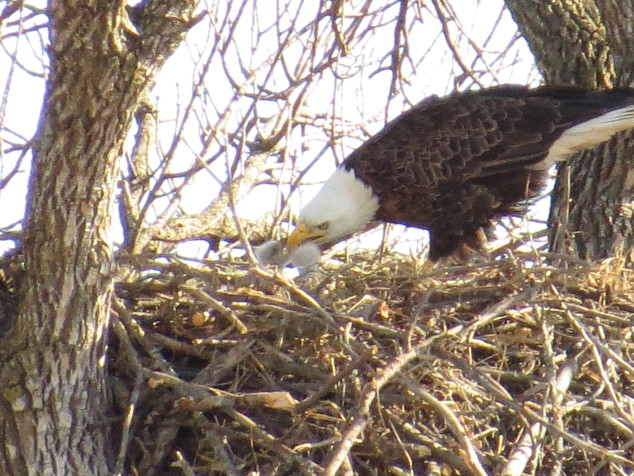One semester before returning to graduate school, I worked as a teacher’s aide at our neighborhood elementary school. It was a traditional, old-style, brick schoolhouse with two stories, wide stairways, and big windows. I stayed with one student who needed some extra help with staying on task and controlling his behavior. I was prepared for my work with him and with a whole school of exuberant young children, except for one thing—I wasn’t warned about lunch time! Lunch was held in a big gym that was built to one side of the school—lunch tables were lined up under basketball hoops, and a long line formed around the walls of the gym as we waited to get our lunches. In the winter, heavy coats, hats, and mittens were thrown down in haste along the wall in anticipation of recess. Excited anticipation in young children is not conducive to savoring a nutritious, delicious lunch, and on that first day and every day thereafter, I could not believe how fast the food was gotten, gulped, and trashed as a necessary precursor to what they really wanted—recess!
Mother Nature gives fair warnings. Sometimes she does so in colorful and dramatic ways: sunrises like this mean that some kind of weather event is literally ‘on the horizon.’ The beauty of the colors are not just visual art to be noticed and appreciated; it means something. When I looked at the western horizon, the sky was dark with heavy, snow-filled clouds.
I wasn’t the only one to notice—the birds knew, too. Every morning usually has a ‘feeding time’ for the birds, but before the snow came, there was a feeding frenzy! More birds, more movement, more excitement. Purple Finches flocked to the feeders and to the ground beneath them, gulping down black oil sunflower seeds.
Gray-cloaked Juncos hopped around on the grass and snow, gathering seeds and gathering friends.
At the back feeder, the beautiful, brassy Blue Jays shoveled through discarded shells in search of intact seeds as the snow began to fall. An old tin tub holds acorns and corn cobs—another cafeteria for the birds and squirrels.
Fair warning in a vibrant sunrise and fair warning in a Black Friday National Climate Assessment that was released and refuted by the White House. Climate scientists anticipate what is going to happen based on science, data, and expertise. The latest report confirmed what climate scientists have been seeing and reporting for decades—the rise in greenhouse gases is hurting the economy, the environment, and public health. Get ready, be prepared, make changes—yet another fair warning—this one intense and wide-reaching. The questions of whether the right models were used, whether scientists were profiting from this, and if this was for political reasons are moot points. All we need to do is look at what Mother Nature is saying—the warnings are consistent and persistent—record rains, flooding, wildfires, droughts, high temperatures, extreme fluctuations, and ice melts. The evidence is right before our eyes. The real question is why aren’t some of us noticing it, seeing it, believing it, anticipating it? Just like any other form of denial: the ‘cost’ of seeing the truth is more painful than the ‘cost’ of believing our own story. How do we not throw away what truly sustains us just to quickly get what we want?
